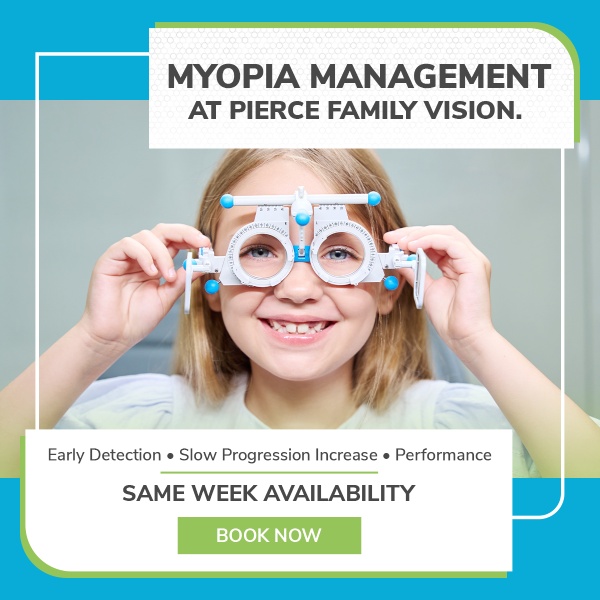We’ve all experienced the “my arms are not long enough to read this” scenario whether it be yourself or a parent. How is it that one has had perfect vision their whole life and BAM, near 40 years of age, reading is not as easy as it used to be? Well the good news is that this means you’re human and it is a natural part of life.
Let’s begin with a short explanation about how the eye focuses up close. There is a lens inside our eye that sits right behind the pupil. This lens has small attachments holding it up, known as Zonules. As we begin to read at near, these attachments change the shape of the lens (depending on the distance) to help focus the reading material.
Over time, this lens gets stiffer and stiffer (naturally due to UV light, growth, etc.) and as one can imagine, it becomes more difficult for the Zonules to bend the lens when focusing up close. That’s why the ability to see at near declines gradually from the ages of 40-60 and this is known as Presbyopia. In warmer climates (more UV exposure), this process may begin earlier depending on whether people are using sunglasses – hence why UV protection is so important, even on a cloudy day, UV rays can penetrate through! Furthermore, not only can it become harder to see, sometimes early presbyopia masks itself through symptoms of eyestrain and headaches as your muscles are forced to work harder than they should.
Now that we know what presbyopia is, what can we do about it? Since the lens inside our eye has trouble focusing, we can use a lens outside of the eye – glasses or contacts! With glasses, there are many options available including:
- Reading glasses
- Bifocals (distance and reading)
- Progressives (no line trifocals – distance, intermediate, reading)
- Computer glasses + more
With contacts, there are numerous possibilities including multifocal contacts!
So, if you’re starting to wish for longer arms, contact your eye care practitioner for lens options (glasses and/or contacts) that are best suited for you!



